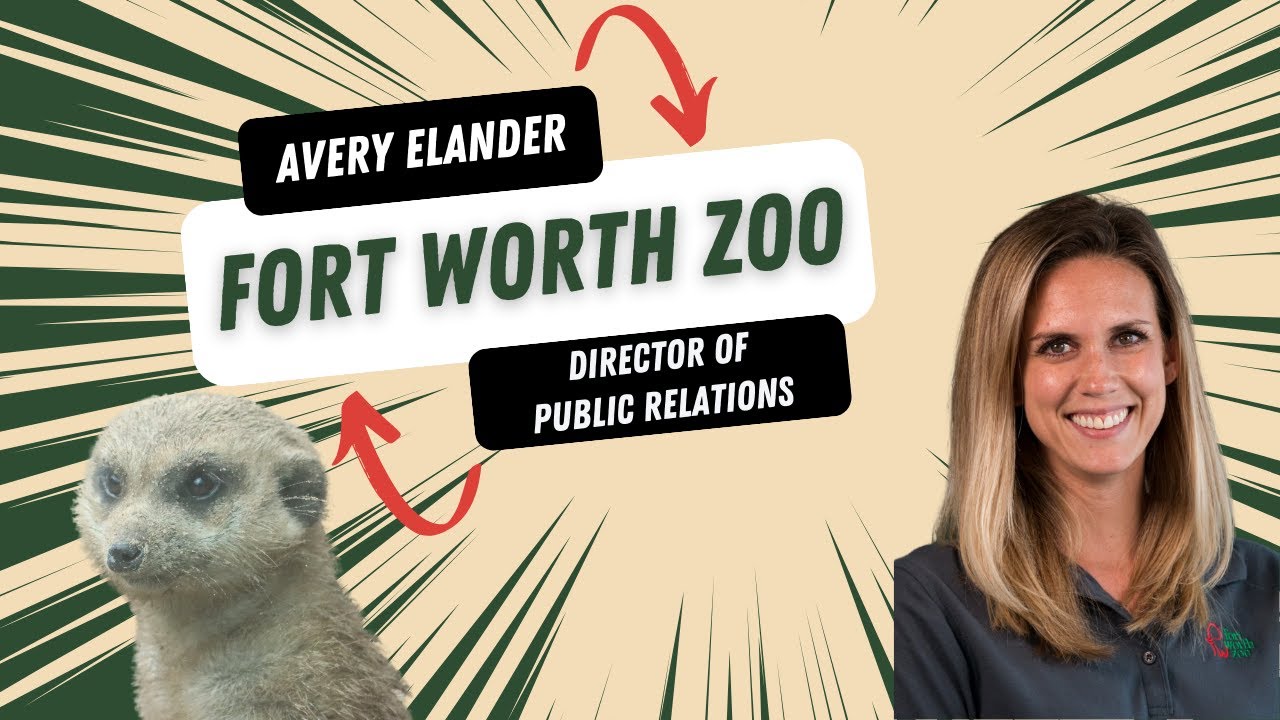- The Role of PR and Marketing in Zoo Management
- Strategies for Engaging the Public and Media
- Educational Initiatives and Wildlife Conservation Priorities
- The Impact of Digital Platforms on Zoo Outreach
- Collaborations and Partnerships in Supporting Conservation Goals
Public Relations (PR) and marketing are essential components of effective zoo management. These functions aim to bridge the gap between the intricate world of zoology and the broader public while promoting conservation efforts. As zoological institutions navigate the pressures of modern society, PR and marketing play pivotal roles in shaping public perception and engagement.
The Role of PR and Marketing in Zoo Management
PR and marketing are the public-facing facets of zoo operations, responsible for crafting and communicating the institution’s mission and values. They are tasked with not only raising awareness about various animal species but also promoting conservation objectives. A well-coordinated PR strategy is critical to managing the zoo’s reputation, responding to public queries, and disseminating information about research and educational programs.
Zoos deploy marketing techniques to attract visitors, relying on data-driven insights to tailor their campaigns to different demographics. These strategies encompass everything from advertising and public events to social media engagement. The ultimate goal is to foster a connection between visitors and wildlife, inspiring a sense of responsibility for environmental stewardship.
Strategies for Engaging the Public and Media
Engagement with the public and media requires a multi-faceted approach. Zoos utilize storytelling to create compelling narratives that highlight their conservation efforts and showcase the fascinating lives of their animal residents. By developing stories that resonate emotionally and intellectually, zoos can draw people in and encourage them to support conservation initiatives.
Media relations are an integral aspect of this strategy, involving proactive outreach to journalists and media outlets to ensure accurate and positive coverage of zoo activities. This relationship with the media is crucial during crises, as effective PR can help mitigate negative publicity and reinforce the zoo’s commitment to animal welfare and conservation.
Educational Initiatives and Wildlife Conservation Priorities
Educational programs are central to the mission of most zoos. These initiatives often include educational workshops, guided tours, and interactive exhibits designed to deepen public understanding of biodiversity and ecology. By fostering curiosity and awareness about wildlife conservation issues, zoos empower visitors to become advocates for conservation in their communities.
Additionally, zoos contribute to scientific research and wildlife conservation through captive breeding programs, habitat restoration efforts, and partnerships with conservation organizations. These initiatives prioritize the protection of endangered species and the preservation of habitats, aligning with global conservation priorities.
The Impact of Digital Platforms on Zoo Outreach
The advent of digital platforms has revolutionized how zoos communicate with the public. Social media, virtual tours, and interactive websites allow zoos to reach a broader and more diverse audience than ever before. By leveraging these tools, zoos provide consistent updates on animal welfare, conservation news, and upcoming events.
Social media, in particular, is a potent tool for engaging younger audiences. Platforms such as Instagram, Twitter, and Facebook facilitate real-time interaction, allowing zoos to share captivating images and videos that highlight their conservation stories. This not only enhances public engagement but also encourages community involvement and support.
Collaborations and Partnerships in Supporting Conservation Goals
Zoos are increasingly forming collaborations and partnerships with universities, research institutions, and non-governmental organizations (NGOs) to advance conservation goals. These partnerships strengthen research capabilities and facilitate the exchange of knowledge and resources, enhancing the effectiveness of conservation strategies.
Working together, zoos and their partners focus on shared conservation objectives, such as habitat preservation, species reintroduction projects, and public education campaigns. By pooling their resources and expertise, these collaborations foster a more comprehensive approach to addressing environmental challenges.
PR and marketing are indispensable tools in fostering public engagement and promoting conservation goals. Through thoughtful communication strategies and educational initiatives, zoos inspire and empower visitors to participate actively in wildlife conservation efforts. By leveraging digital platforms and forming strategic partnerships, zoos continue to adapt and thrive in their mission to protect the natural world.
*****
Source Description

